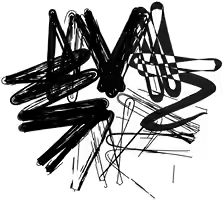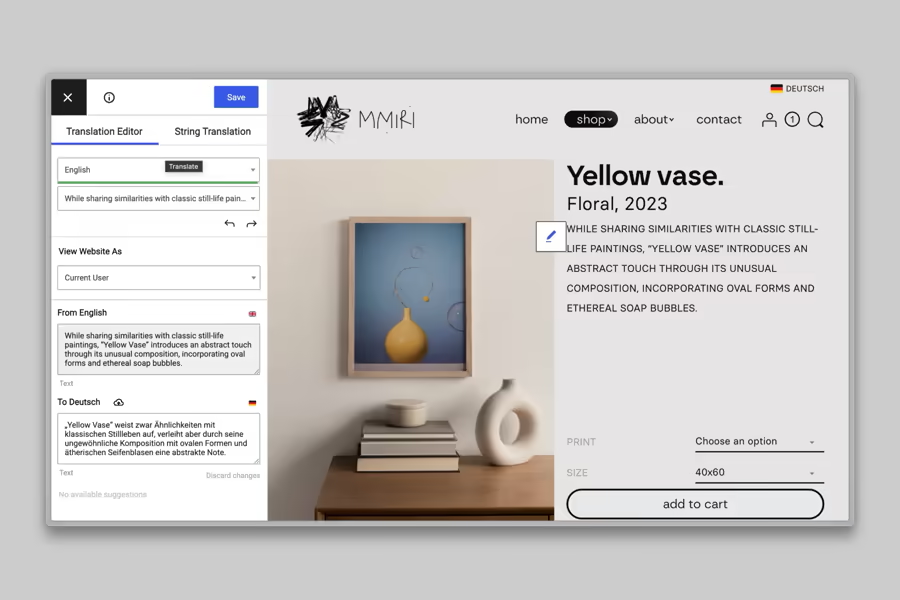Table of contents:
Here at the studio, we’re obsessed with light. One of our biggest passions is recreating the look and feel of natural sunlight for our still life photography. Over the years, we’ve gone deep, methodically simulating everything from different weather conditions to the precise angle of the sun at different times of day.
A crucial part of this process is the ability to collimate a light source.
What is Collimating?
Because the sun is about 93 million miles away, its light rays are almost perfectly parallel by the time they reach Earth. To be precise, the Sun has an angular size of about 0.5°. This small but measurable divergence is what creates penumbras—the soft edges of shadows. Still, compared to most artificial light sources, sunlight produces unusually consistent shadows: fairly sharp, distinct, and not changing size much as you move an object closer to or farther from a surface, all while falling at the same angle across a scene.
We have a whole post dedicated entirely to the unique properties of sunlight. If you want to dive deeper, be sure to check it out!
In the studio, the best tools for creating a collimated beam are optical modifiers such as Fresnel lenses and parabolic reflectors—think of the Broncolor Para series or our personal favourite, the Broncolor Satellite. These modifiers don’t make light perfectly parallel, but they do let you adjust how tight or wide the beam is, and how “sun-like” the shadows appear.

Where the Confusion Starts: “Focusing”
Here’s where terminology gets tricky. Most gear manufacturers use the word “focusing” to describe adjusting the spread of a Fresnel or parabolic. For example, when you move the lamp head inside a parabolic reflector, that adjustment is usually called focusing the light.
From a physics point of view, this is a bit misleading. Strictly speaking:
- Focusing means converging light rays to a single point (as in a camera lens forming a sharp image on the sensor).
- Collimating means making light rays parallel (as with sunlight or a well-designed reflector).
Zoom spots can truly focus light—they form an image, whether it’s a crisp circle or a detailed gobo projection. By contrast, Fresnels and parabolics don’t form an image. They reshape the light into a more or less parallel beam, which can be wide or tight, soft-edged or sharp-edged, but never converging to a single point.
Why We Prefer the Term “Collimating”
This distinction matters if we want to be precise. How do you describe the difference between a zoom spot and a Fresnel spot if you use the word focus for both? Both let you control the beam, but only the zoom spot lets you truly focus the light in the original sense of the word.
For this reason, we’ve decided to use more exact language:
- Collimating = making light rays parallel.
- Focusing = converging light rays to a sharp point.
Of course, in stage and film lighting, “focus the light” has long meant “adjust the beam and aim the fixture.” That usage isn’t wrong—it’s just industry shorthand. While “collimate” is a word borrowed from physics rather than photography, we find that making this distinction helps everyone understand light more clearly. It clarifies what our tools are actually doing and allows for more meaningful conversations about lighting.
So, that’s our thinking behind the words we use in our articles. We hope this clears up some terminology and maybe sparks a conversation. Do you find it helpful to draw this distinction, or do you think the everyday meaning of focus is good enough? Let us know in the comments below!



